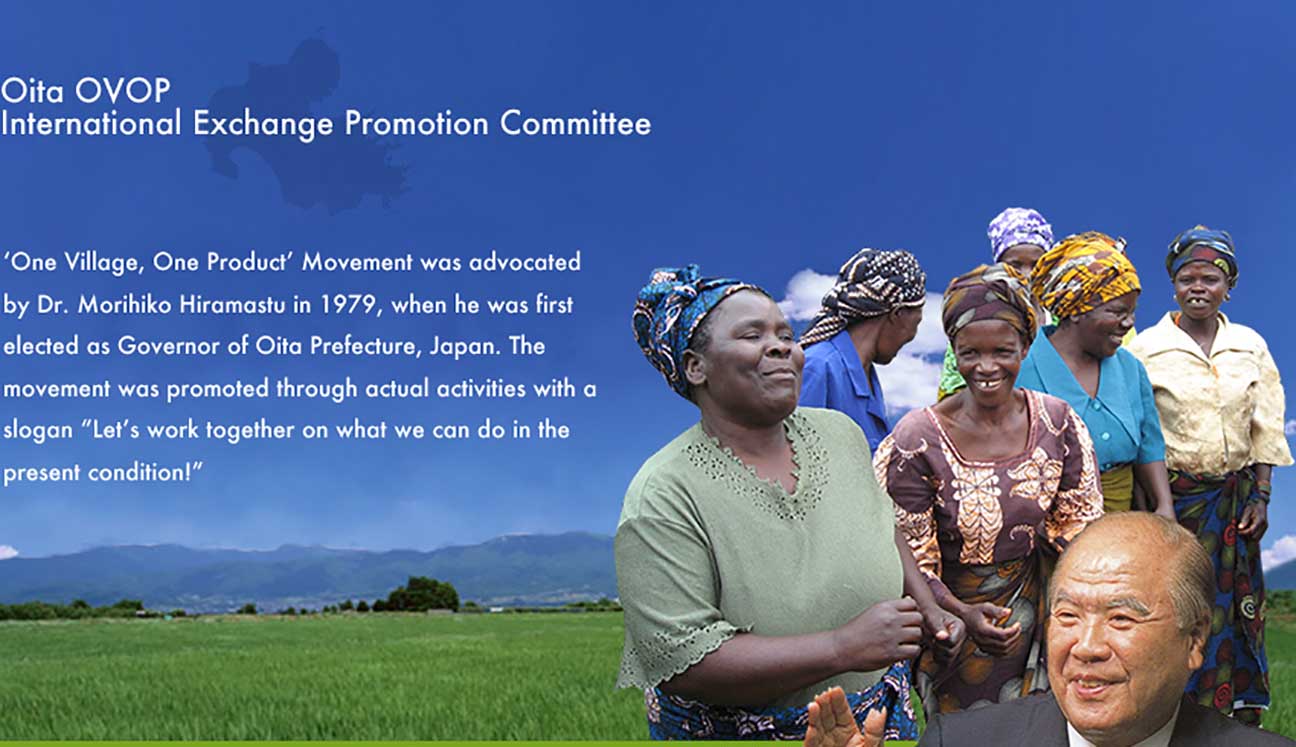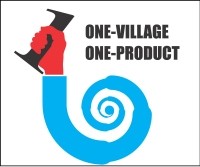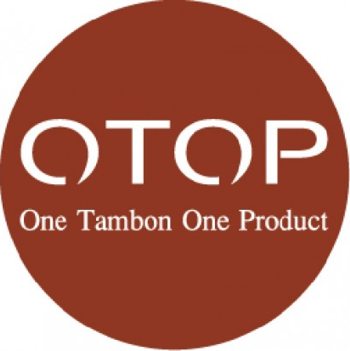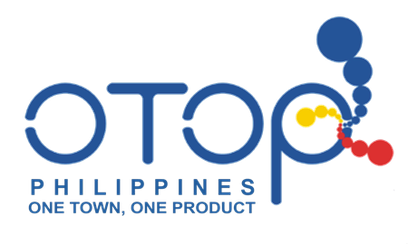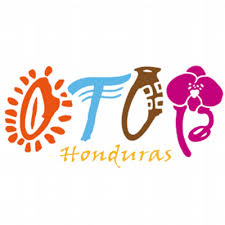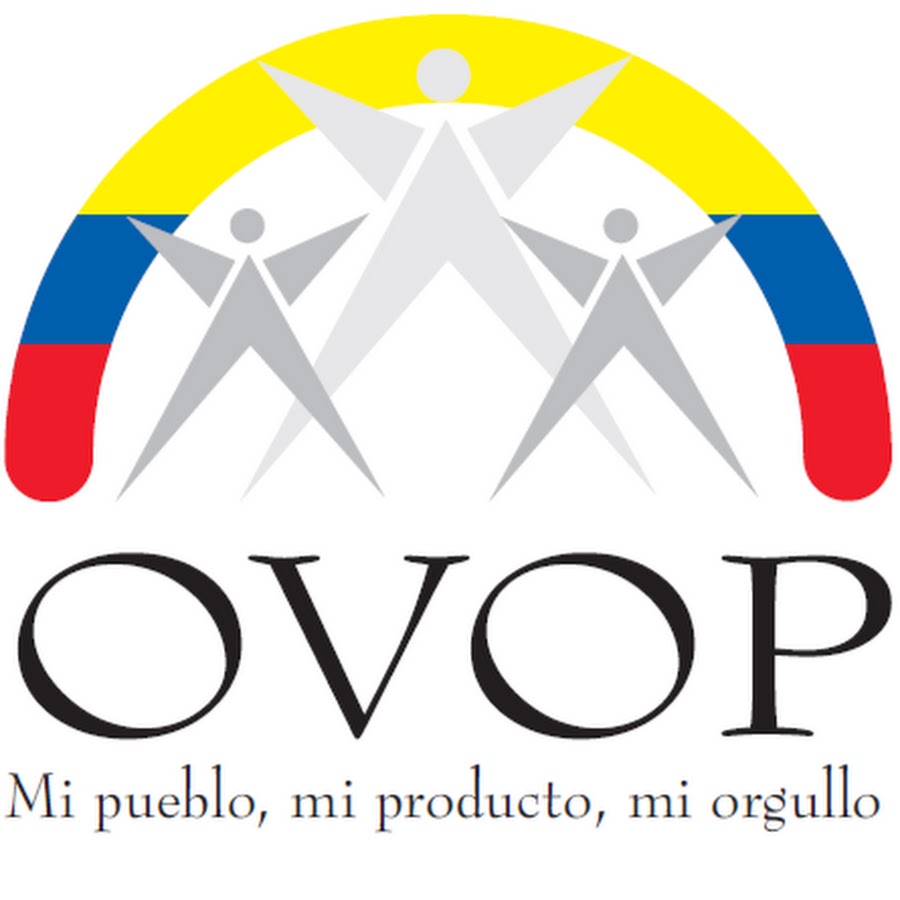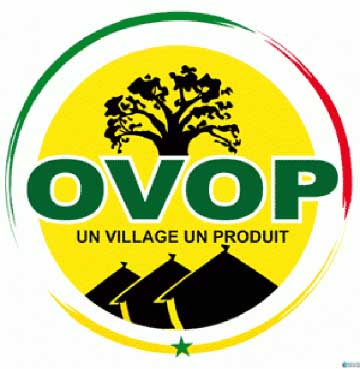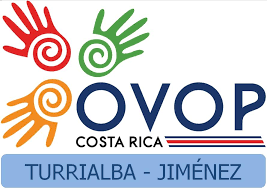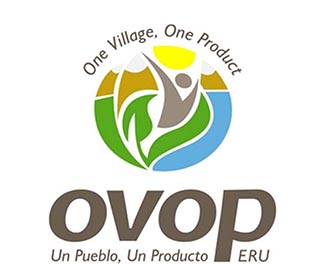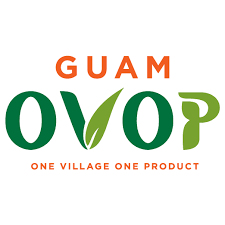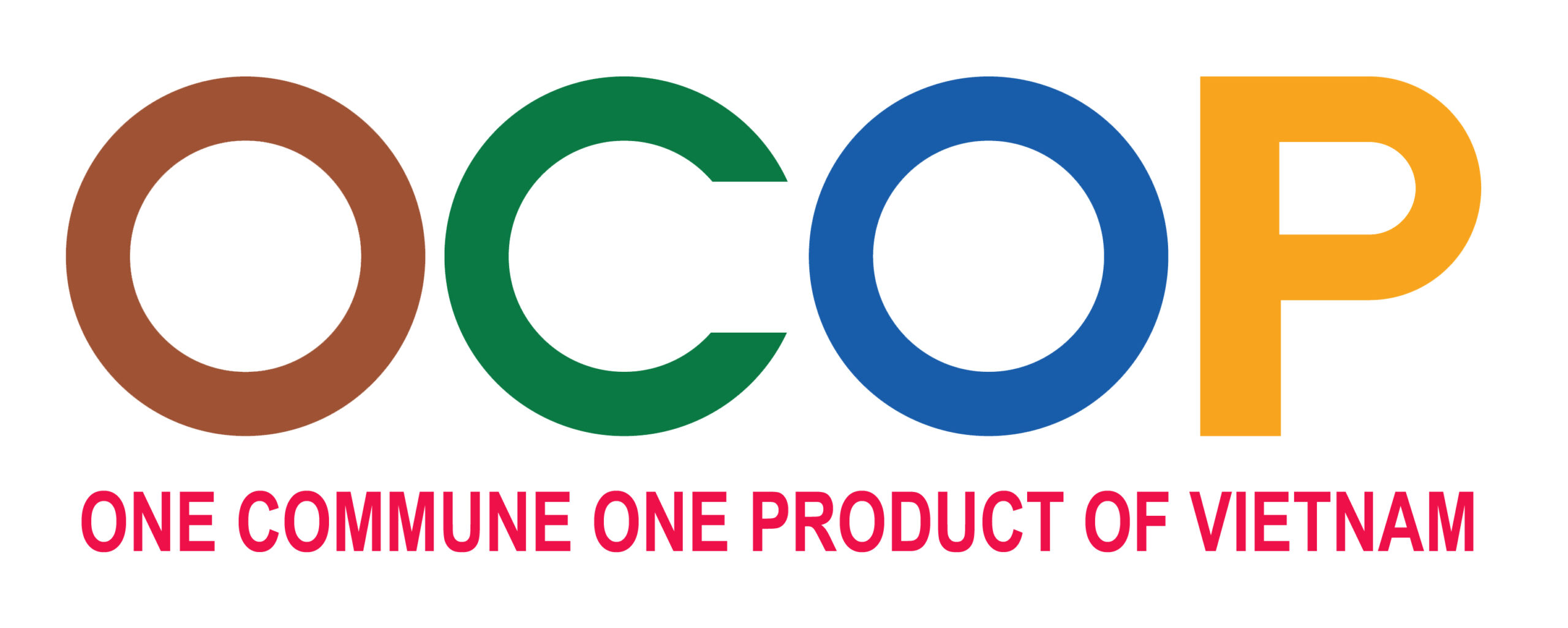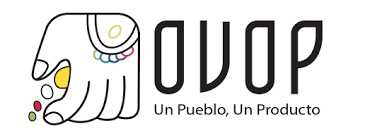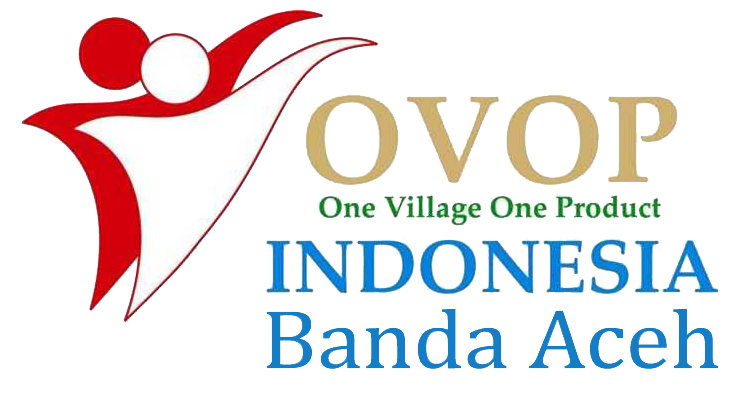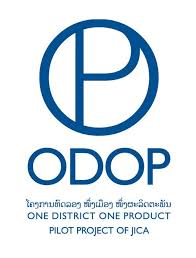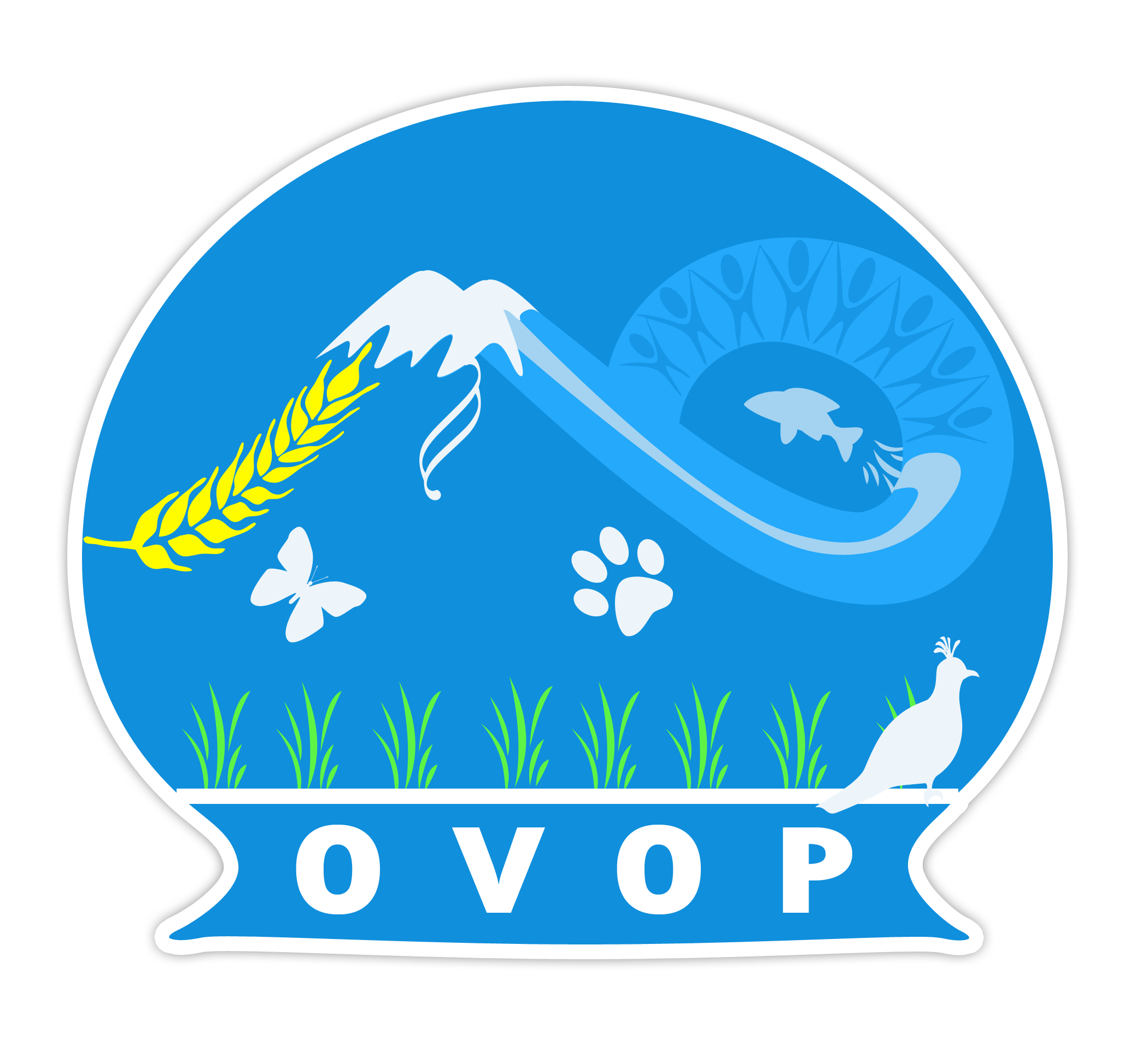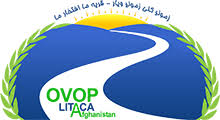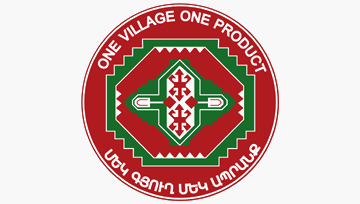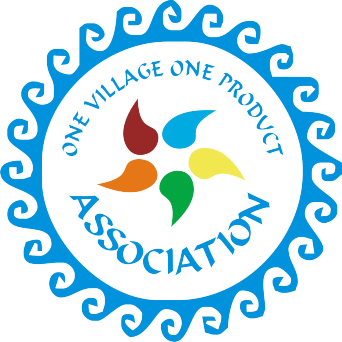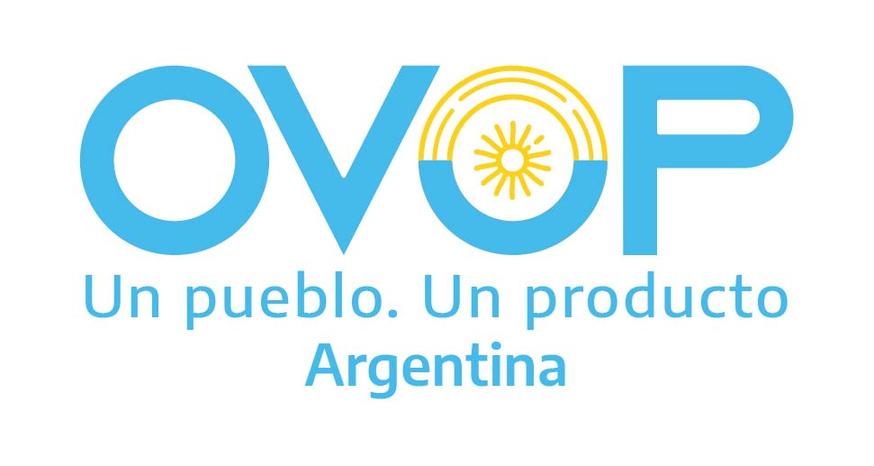The Instruments of OVOP in Oita consist of various activities for economic and social purpose, although all activities are connected with each other. The main activities and their logic of intervention are as follows.
Selecting and registering OVOP products at municipality level
Each municipality selected at least one product with consultation of local stakeholders and the product was registered in the Prefecture. Products were chosen for various reasons such as being promoted by cooperatives, aptitude for local natural conditions, future potential in the market, and past achievements; it seems that not many products were selected just because of availability of local resources.
Developing and improving products by local actors
Once products were selected, the efforts of local producers were expected to improve and promote the products; however, municipalities were also deeply involved in the activities providing financial and technical support utilising existing governmental schemes. The Prefectural government additionally provided assistance such as subsidies to municipalities for technical research and study tours.
Technical and financial assistance to producers
Technical and institutional assistance to producers were the main instruments of the Prefectural government. A food processing technical support department in the agricultural research centre was newly established to provide training and consultation service. Moreover, some more newly founded prefectural technical centres in various fields (cut flowers, seafood processing, mushrooms) were fully utilised to support OVOP activities. In addition, financial schemes such as low interest loans were prepared for agricultural producers and cooperative.
Marketing and promotion in local and national markets
OVOP had different marketing strategies depending on the types of products. The first strategy focused on the local market: products of small quantities were recommended to start from there. The “One-Village One-Morning-Market movement” was one strategy in which local actors coordinate local open markets in their villages. Other development infrastructures such as “Road-side Station’’ and farmer’s restaurant were also promoted to activate the local market. These instruments aimed to create local linkages between producer and consumer. The local market was also expected to provide a place for producers to find and improve competitive products. Secondly, the Prefectural government strongly intervened for local supermarkets to set up OVOP corners, and to hold an exhibition of OVOP products at trade fairs. Especially for products with high production capacity, the government tried to establish a channel between producers and the urban market place by providing subsidies to producers’ associations and also holding trade fairs.
Motivating local actors by prize and seminar
Prizes were given to high performing producers and groups to motivate leaders to contribute to the whole locality. Additionally, a public seminar was held at the village level to discuss local development issues.
Training for community leaders
Capacity building programmes were conducted by the Prefectural government targeting various community leaders, which included subsidies for observation tours to successful cases in Japan and other developed countries, and also for community activities for social, cultural and economic purposes. The most prominent activity of Oita’s OVOP was adult education on local development, which was a two-year part-time programme, in which participants could learn practical know-how of local development; it also aimed to create a network among local leaders so that they could motivate, learn, and compete with each other even after the programme.
Intervention theory of OVOP
As described above, the intervention theory of OVOP deals with several linkages. The first is between producers and the market. OVOP creates institutions which help producers to develop products and link with local and national markets. Coordination at the municipality level enables to create a local brand which adds value to the product and maintains the linkage with consumers. The second is to connect business development with human and social development. OVOP doesn’t exclusively focus on particular producers. OVOP product is a symbol of locality, involving other activities such as tourism, cultural events, and welfare activities. These instruments with different purposes are connected with each other. The third link is a social capital among different localities. Community leaders are expected to learn and compete with each other. These links are based on participation and initiatives of local actors while the Prefectural government provides various technical and institutional assistance.






